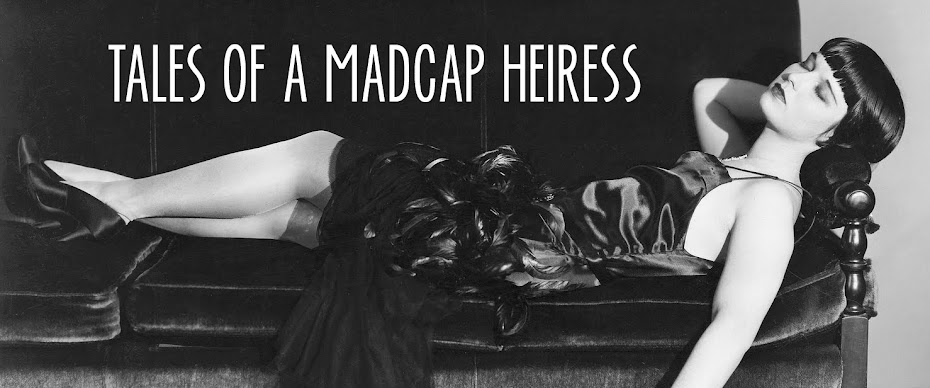"Percy Bysshe Shelley" Amelia Curran (1819)
While studying in Ireland one summer I got the chance to hear the critic Terry Eagleton give a talk at the end of which he sang a tune about English literature whose refrain was “Milton, Blake, and Shelley will smash the ruling
class yet.” I wasn’t a big Milton or Blake fan but I was of Shelley.
So a few weeks ago I was more than to happy to indulge in all things Shelley at an excellent exhibit at the
main branch of the New York Public Library called “Shelley’s Ghost: The
Afterlife of a Poet,” which showcased items related to Shelley and his family
and friends including his wife, Mary Godwin Shelley, in-laws William Godwin and
Mary Wollstonecraft, and friend Lord Byron.
The exhibit was a collaboration between the
Pforzheimer Collection of Shelley and His Circle housed at the library and the Bodleian
Library at
Oxford University where the exhibit originated. Small and intimate, the design was as Gothic as you can get for a New York library with dim lighting, dark velvet curtains
framing faux windows, and silhouettes on the wall that appeared to be melting. The perfect setting in which to ponder some of the leading writers of the Romantic era.
"A Cat in Distress" (ca. 1803-1805), Shelley's earliest surviving poem.
Transcribed by his sister Elizabeth.
Percy Bysshe Shelley (1792-1822), the son of a
baronet, demonstrated an early gift for writing and published his first work
while at Oxford. Another publication, a pamphlet espousing atheism, would get
him expelled. Shortly afterwards he married Harriet Westbrook, a friend of his sisters, only to
abandon her (she was pregnant at the time) and their daughter a few years later to run off with Mary
Godwin, the daughter of William Godwin (his mentor) and Mary Wollstonecraft
(the young couple allegedly had clandestine meetings at Wollstonecraft’s grave). They
would spend the rest of their time together (they married after Harriet's death) living a nomadic life primarily in
Europe. In the summer of 1816 they stayed in Switzerland with Lord Byron where
the story goes to keep themselves entertained one night, they held a competition to see who could write the best horror story. Mary Shelley’s effort would become Frankenstein.
"Mary Godwin Shelley" Reginald Easton (1857)
Tragedy was a theme running throughout the exhibit.
From the untimely deaths of Wollstonecraft, Shelley, and Byron to the suicides
of Mary Shelley’s half sister, Fanny, and Shelley’s first wife, Harriet, to the loss of children including Byron’s beloved daughter Allegra at age five. The morbid aspect of their lives may be one of the reasons why
interest in them continues to this day. But their writing deserves a revisit if you haven’t done so since school.
On display were notebooks and manuscripts including excerpts from Mary Shelley’s Frankenstein
manuscript, the first time they've been seen in the U.S. And then there were the
letters. I found the ones between Godwin and Wollstonecraft the most
interesting, including notes she wrote to him while waiting to give birth to Mary
(Wollstonecraft would die 11 days afterwards). The only known letter to Bryon
from Allegra was also especially moving.
Other items included Harriet Shelley’s engagement
ring, Shelley’s baby rattle of gold and coral (he did come from money after all),
and bits of Shelley’s skull (not sure I wanted to see that). A nice finishing
touch to the exhibit were small letterpress cards with Shelley quotes that
visitors could take away. One read, “No man has a right to monopolize more than
he can enjoy.” Indeed.
The exhibit is over (I really must blog about these
things while they’re still going on) but you can visit the library’s website to
read more about it here.




No comments:
Post a Comment